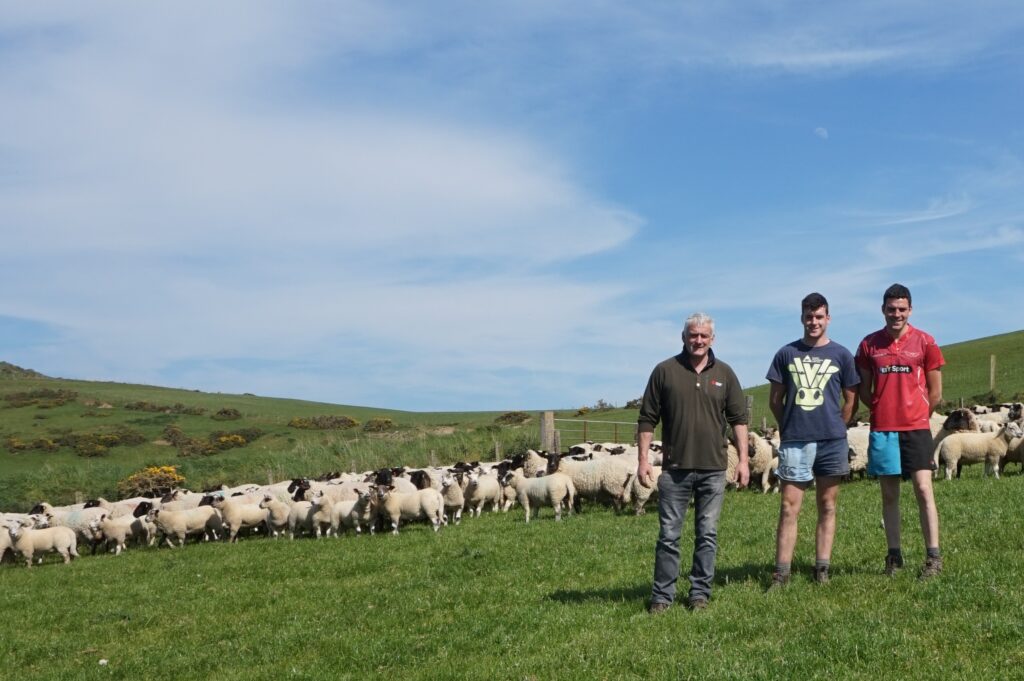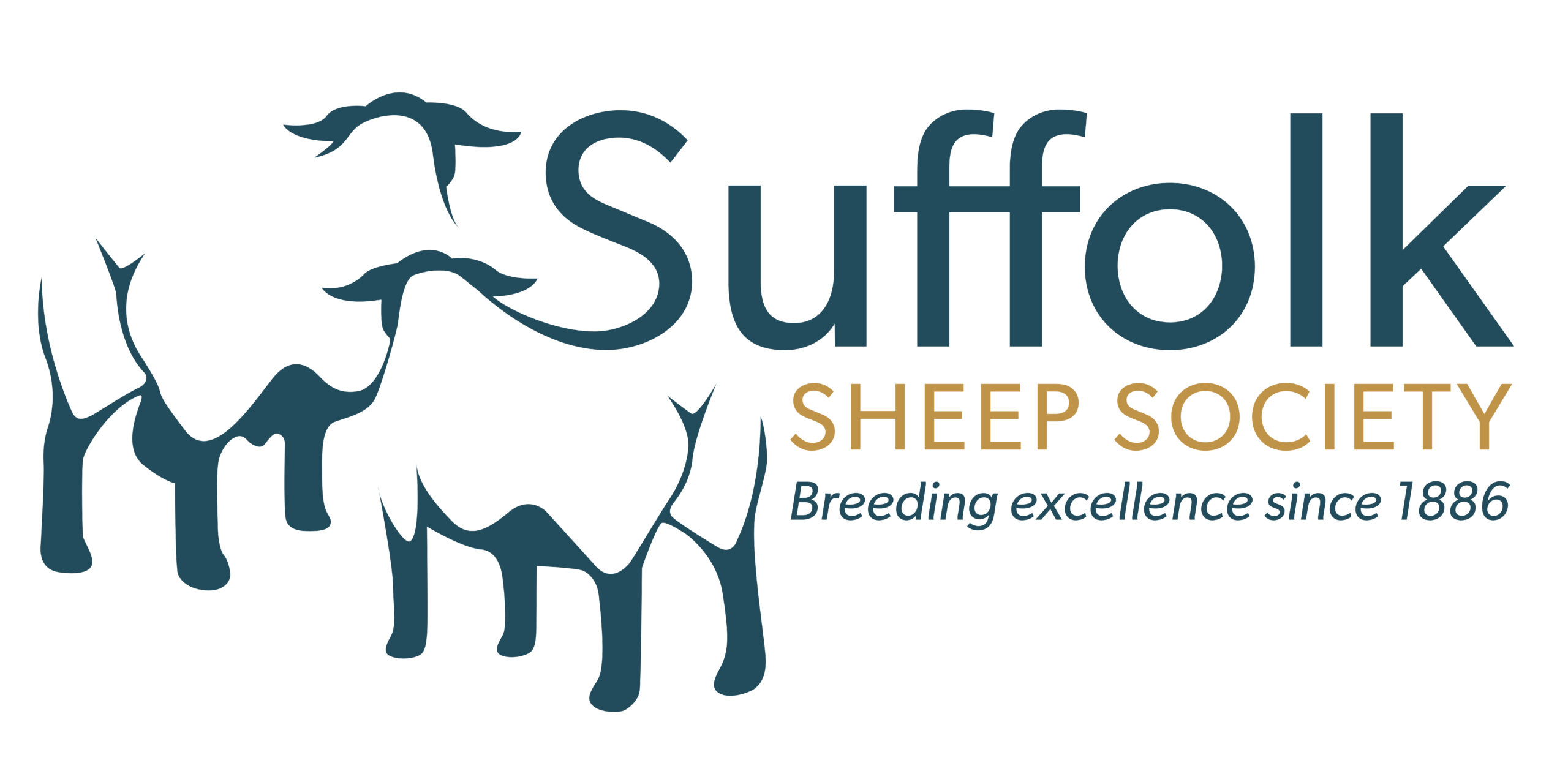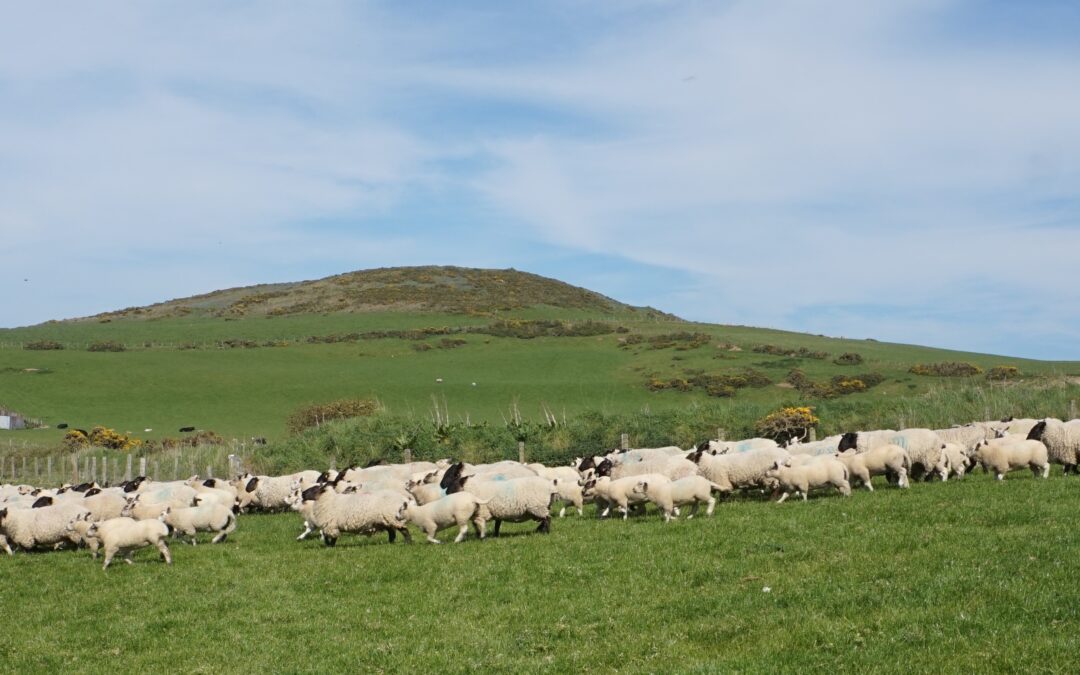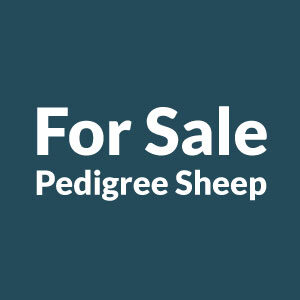The Suffolk underpins the sheep enterprise for Alan Williams at Aberdaron on the westernmost point of the Lleyn Peninsula in North Wales. The micro climate afforded by the Jet Stream means the 800 acre unit is ideally suited for early lamb production and the family keeps the system as extensive as possible.
Alan together with his wife, Catrin, and their sons, Dafydd, Wiliam and Ieuan, run 1300 Suffolk x Suffolk Mule ewes on the lowland farm, along with 500 cattle and 90 acres of barley grown for their own feed. He has opted for the Suffolk with its early maturing, but also because it is a good carcass ewe and achieves a good cross with the Texel.
The family buys in 350 Suffolk yearling ewes each August from three local markets, sourcing from the same farms each year. The ewes are flushed and go to a Texel ram on 5th September to lamb the first week of February.
“The cross bred Suffolks are still the favourite in this area for early lambing production. We’re quite lucky here with the climate. We have got grass at that time of year because it’s usually been a mild winter. The fields will have been kept for about three months with no sheep on them. It’s very good early growing grass here. We use high sugar grasses, the Abers, and then this year we were very fortunate and fertilised the grass before the ewes went out because it was favourable weather. We try and get out with the first dose of fertiliser in February. This year we didn’t feed the ewes at all after turnout because there was enough grass – it all depends on the season.”
Alan Williams

Alan says the hybrid vigour afforded by crossing with the Texel means they get the best out of the Suffolk. The ewes are wormed as they are turned out after lambing and they are dipped once a year with PourOn which is also used in a bad year for fly strike.
The ewes are out until four to six weeks before lambing. They’re brought in around Christmas time with the exact date varying according to the weather. They will have been vaccinated against toxoplasmosis and enzootic abortion when they are bought as yearling ewes.
They are vaccinated against footrot two months and then a month before coming in and run through a footbath every week in the shed. Once in, the sheep are fed a TMR, with the ration of soya, maize and grass silage adjusted according to the advice of a nutritionist.
The lambs are out as soon as possible, ideally within 24 hours if the weather is favourable. This means there is a much lower chance of infection if they go out once they have bonded with the ewe and they’ve benefited from having colostrum.
He added: “If the weather is bad we keep them in for another two or three days. But we find they are quite hardy and can stand the weather.”
The lambs are creep fed from three or four weeks old. They are then drawn for sale from 12 weeks on, so that by the end of May 70% to 80% of the lambs will have gone straight from their mothers. The 350 or so yearling ewes are are out on swedes until the first week of February. They are then housed for the last fortnight before lambing which is around the 25th of February.
It’s a neat, efficient, system that depends on the good carcass and early lambing qualities of the Suffolk breed. When crossed with the Suffolk Mule and the Texel the breed’s capability to adapt to varying market demands is also a plus.
” We take the heavier lambs to market and then the other ones go on deadweight. This year we had a lot of lambs a little bit heavier because there was a premium for the 45 kg lambs in the market. We’d normally go for 21 to 22 kg deadweight which results in 60 to 70% U grades and the rest will be R.”
He concedes that fluctuating market demands can be frustrating, especially at this time of year. This is a difficult year to plan ahead with the current political confusion but the still plan to buy ewes and half a dozen or so rams for next year. The Williams’ have expanded a lot in recent years and despite the uncertainty looking forward, Alan feels the best option is to continue doing what he does best and what best suits the farm.
”It’s the best advantage for us here, if we can grow the grass and do the lambs at 12 weeks of age, then we have the right breed with the right grass. The Suffolk cross does very well for us. I’m sure things will balance out once the powers that be get their heads around these tariffs and things. There will always be a market for Welsh lamb. It’s a well known brand and hopefully things will level out.”




